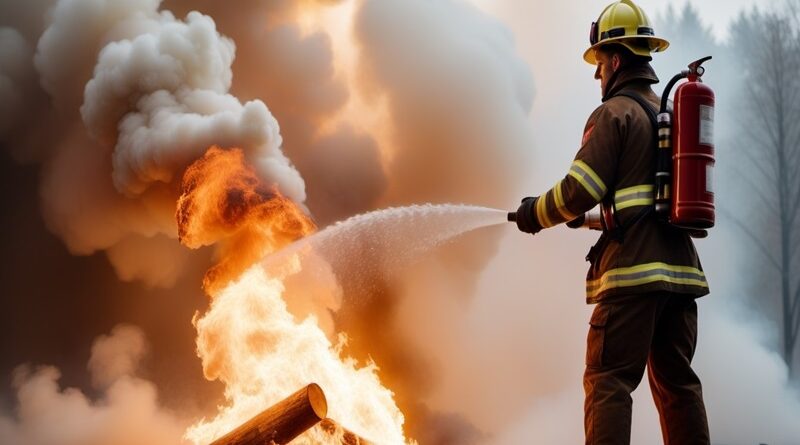The Role of Fire Water Access in Mitigating Fire Incidents
A house isn’t simply a structure of brick and mortar or wood and nails; it’s the embodiment of safety, comfort, and memories for those fortunate to call it home. But what happens when that safe haven is under threat by a force as destructive as fire? How do our homes and communities brace against this potential disaster with the vital tool of fire water access points? More importantly, how crucial is the role of efficient fire water access in mitigating fire incidents?
These are some of the questions we delve into in today’s post. Firewater access, a term often reserved for specialists, is an important factor in structural safety that homeowners and developers should be aware of. From understanding its basic function to recognizing the critical role it plays in saving lives and properties during fire outbreaks, our exploration of the matter promises to enlightening.
What is Firewater Access and Why it Matters?
Firewater access refers to designated sources of water (like hydrants, tanks, or reservoirs) which fire services use to put off fires. They form a critical component of a community’s fire protection infrastructure. But why is it so essential?
Fire incidents, regardless of their location or extent, require quick and effective containment and extinguishing efforts. Without readily available water sources, fire services are severely handicapped, and response times potentially increased. Remember, in a fire situation, every passing second counts!
Reliable fire water access points not only allow firefighters to tackle flames efficiently but also provide a greater chance for minimal property damage and more importantly, the saving of lives.
The Vision into Fire Water Access Configurations
Proper fire water access point configurations involve strategic planning and detailed implementation. The effective deployment of these water access points considers the unique features of each environment, the building structures, and possible fire risk factors.
For instance, fire water access points should be inaccessible areas prone to traffic congestion, because delays could be catastrophic. The size and capacity of these access points should also match the potential water requirements during a fire incident. The objective is to ensure water availability remains continuous, enough to extinguish flames and prevent their spread.
The Struggles of Inadequate Fire Water Access
In contrast, inadequate or ill-planned fire water access puts communities at elevated risk. It may lead to delayed response times, ineffective firefighting efforts, a fatal escalation of fire incidents, and in extreme cases, unfortunate loss of human lives.
Given the potential consequences, it becomes a public responsibility to ensure effective fire water access points are created and maintained within all communities and buildings hence the need to stress the importance of these provisions.

Pros and Cons of Fire Water Access
Like any infrastructure system, fire water access has both advantages and drawbacks. On the pros side, it enhances firefighting capabilities, reduces response times, minimizes potential fire damages, and may boost community’s resilience against fires.
The cons, on the other hand, identify with the potential cost implications associated with establishing and maintaining these systems. However, the benefits undoubtedly outweigh the negatives, underscoring their importance.
Legal Obligations and Fire Water Access
Legal obligations are also tied to the discussion of fire water access, and authorities hold property owners accountable for providing firefighting provisions including water access points. Failure to comply can lead to legal repercussions and endangers the community at large.
Therefore, understanding what is required by law can be both a protective measure against legal trouble and a way to contribute to the common good.
The Role of Technology in Fire Water Access
With advancements in technology, the management of fire water access systems has become more efficient. For instance, remote monitoring systems are making it easier for firefighters to locate fire water access points, assess water levels in real-time, and even predict potential problem areas. This innovation proves once again that technology plays a crucial role in advancing fire safety measures.
Conclusion:
The role of fire water access in mitigating fire incidents is evident. By increasing firefighting capabilities, ensuring quick responses, and minimizing potential damages, it substantially contributes to the protection of lives, properties, and communities at large.
However, these systems are not without their challenges, and they require a community-wide effort to maintain. Everyone, from homeowners to development companies and local government bodies, has a part to play. Because at the end of the day, the safety and security of our homes, and ultimately, our lives, are in our hands. Let’s do our best to keep the flames at bay.

